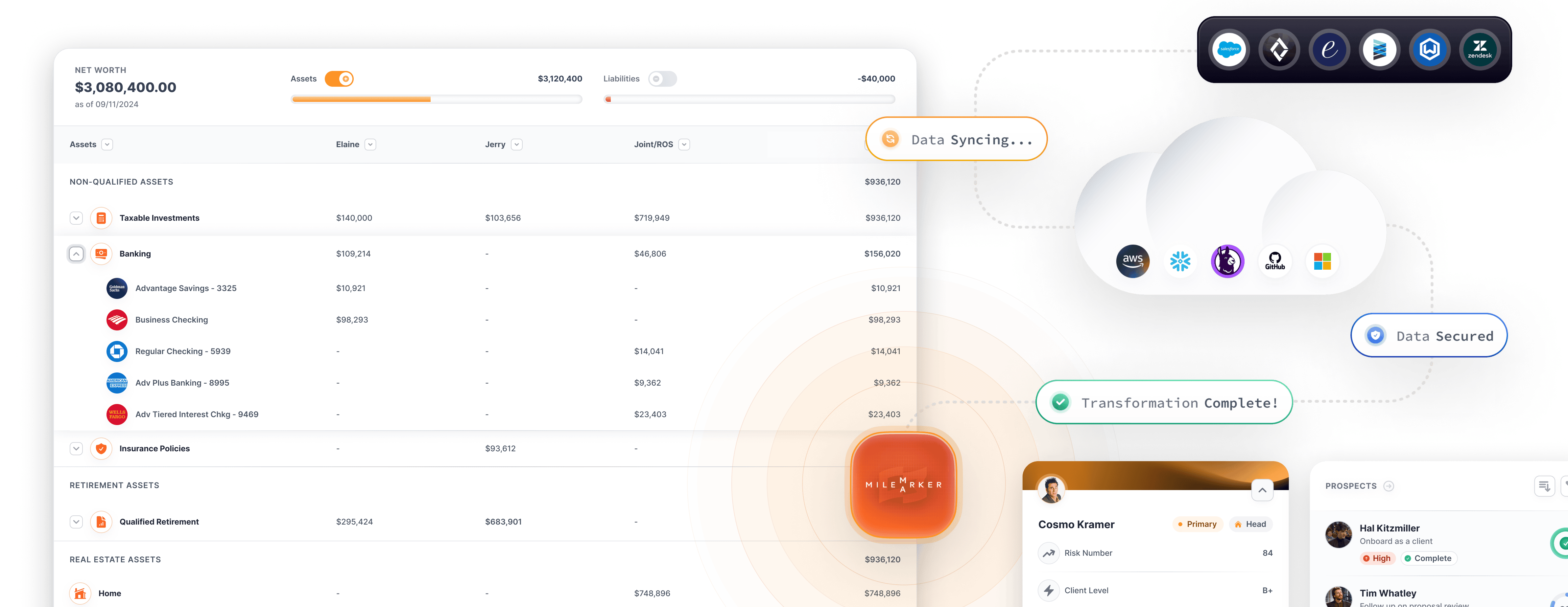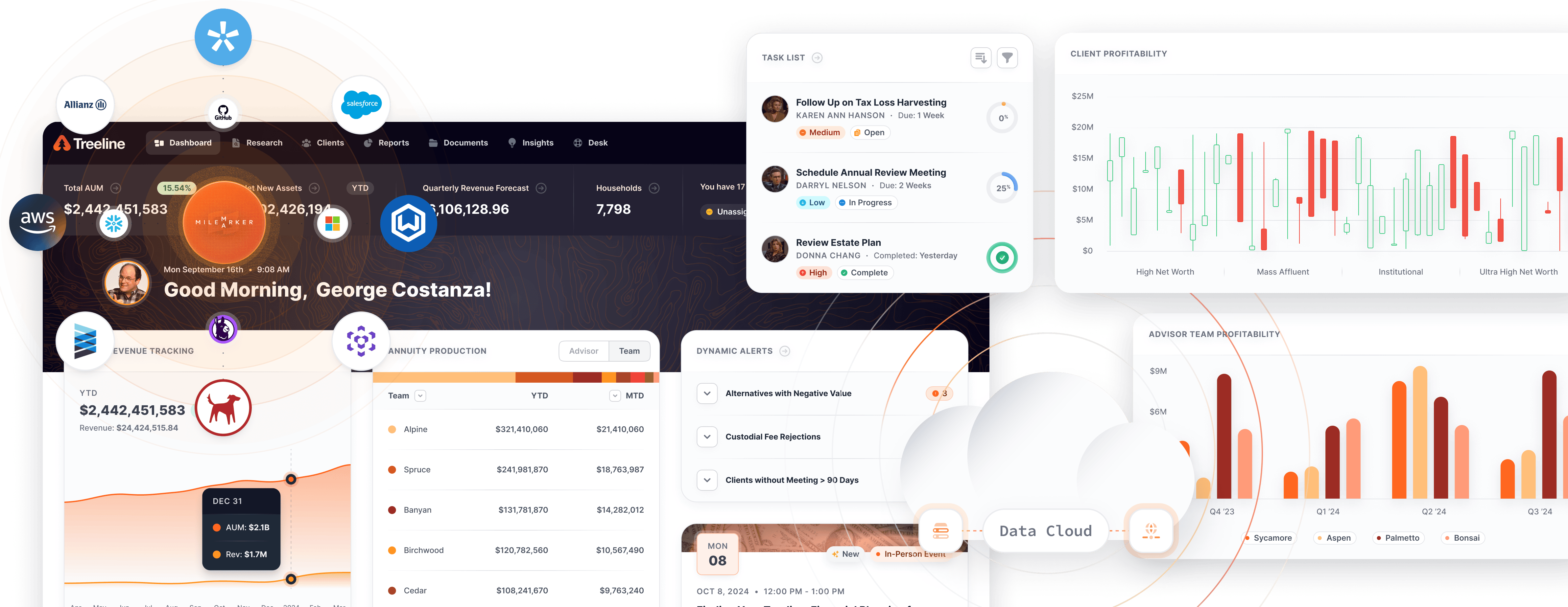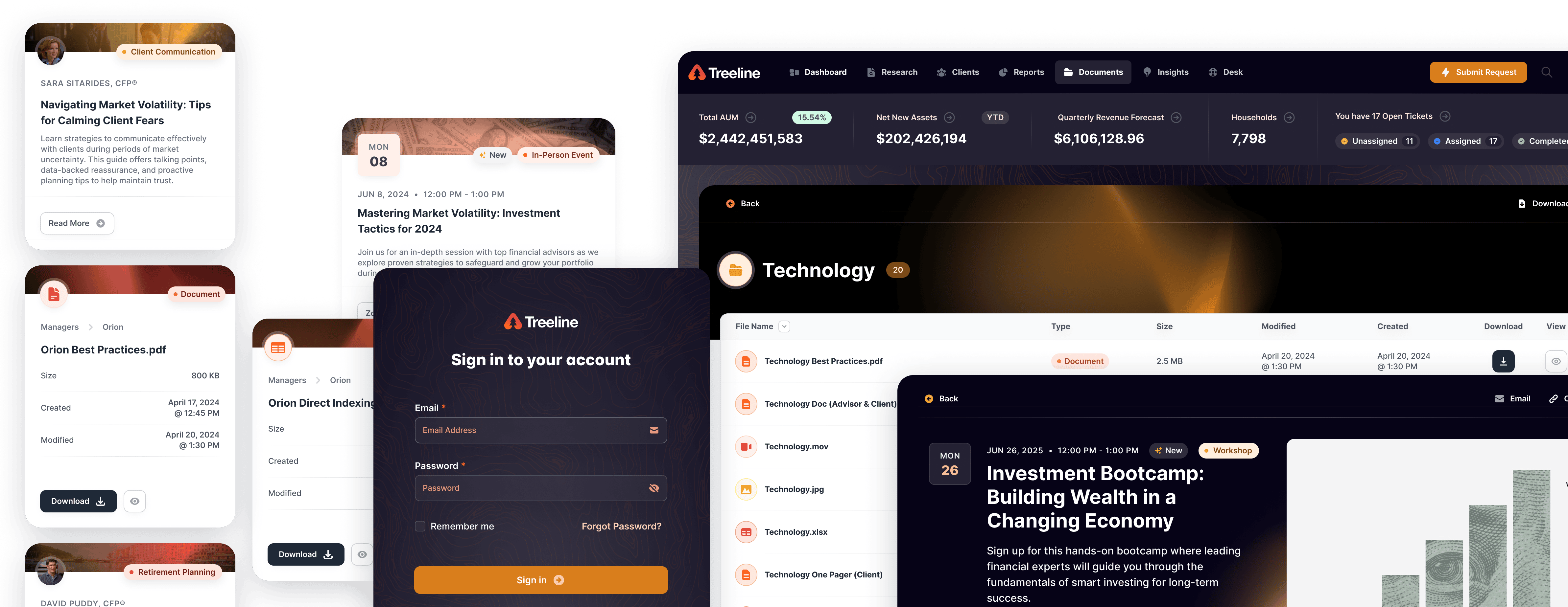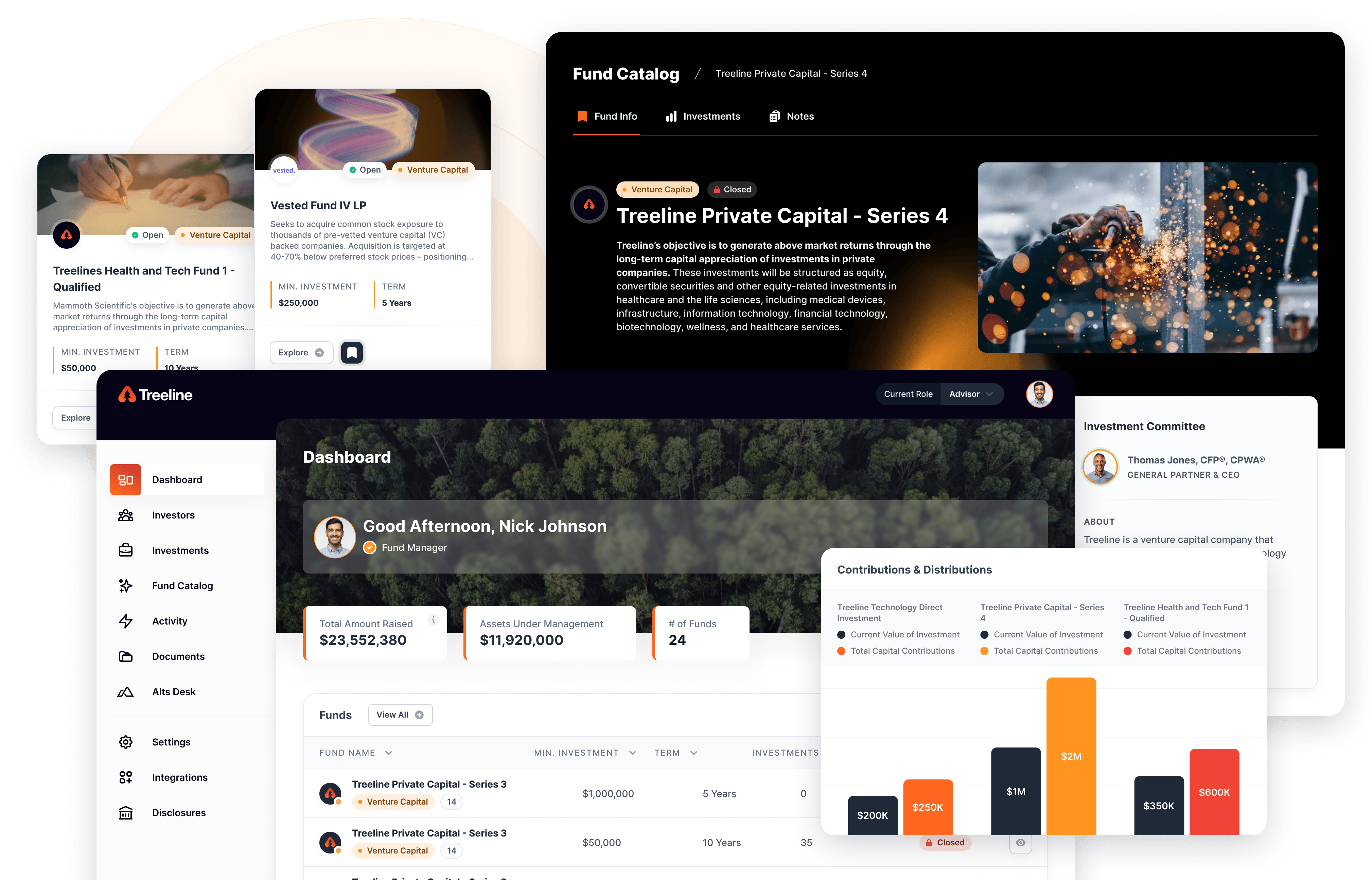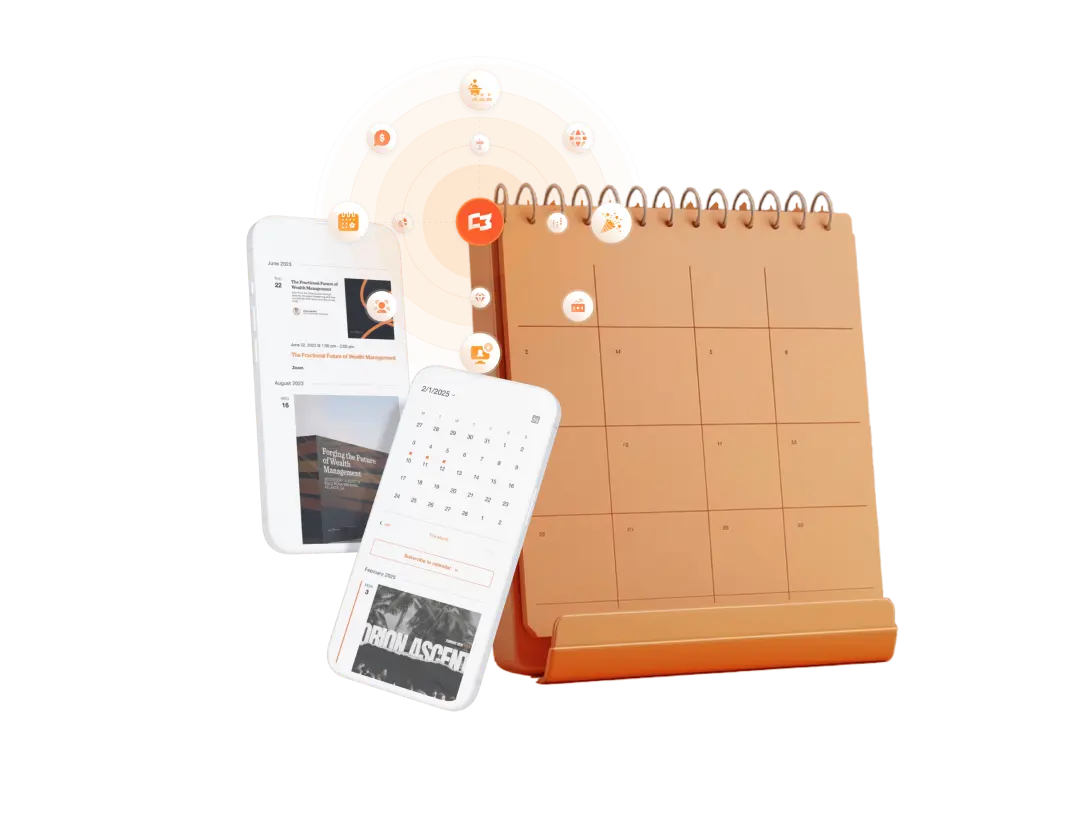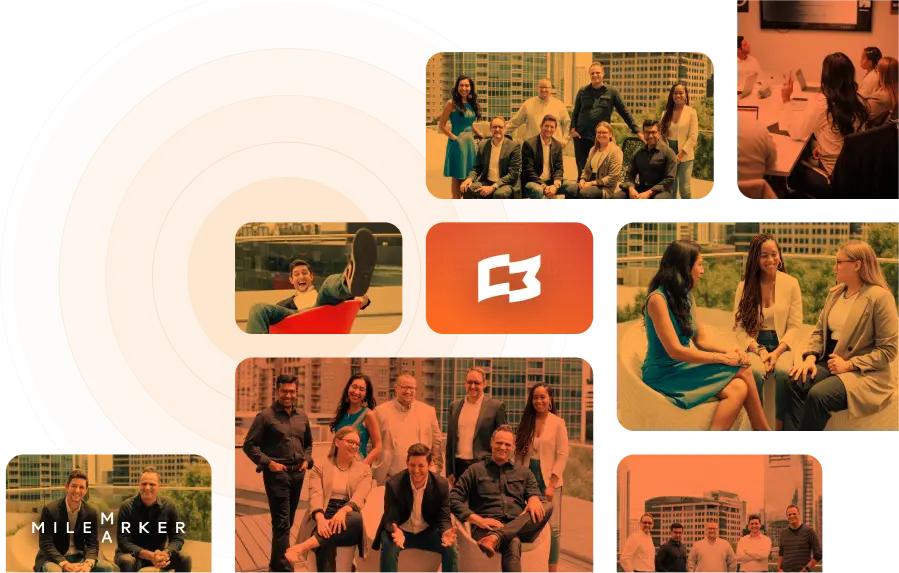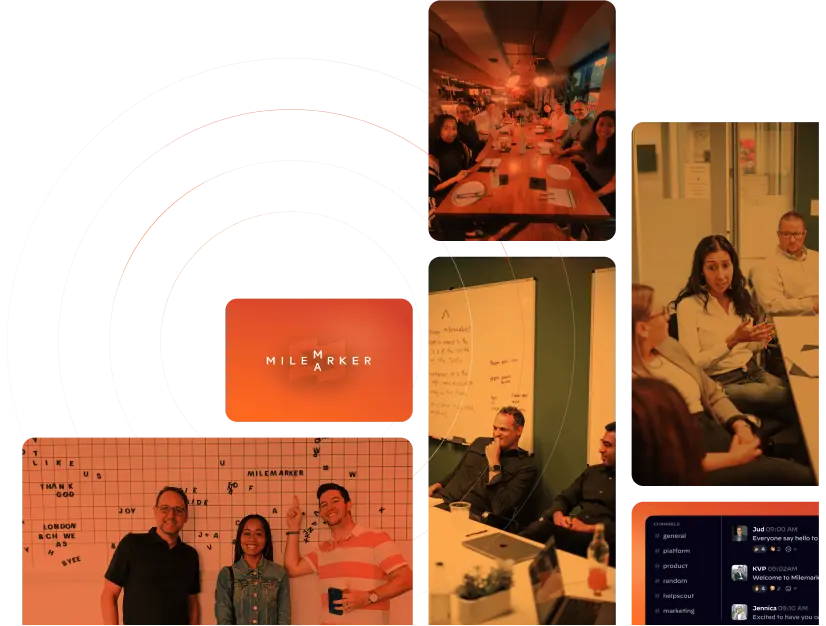InvestmentNews: Can Mackrill’s new Milemarker take AdviserTech integrations the extra mile?

Originally Published by InvestmentNews
When it comes to integrations among various AdviserTech solutions — with more and more integrations necessary as the breadth of the AdviserTech landscape map continues to grow — there is currently a never-ending conversation that typically goes like this:
Adviser: “Hello, financial planning tech! I’d love to pull my clients’ financial plan data into this other client portal that we use instead. How do we do that?”
AdviceTech integration rep: “Oh yeah, that sounds great! Unfortunately, that’s not how the integration works currently, and we don’t have enough clients who also want to do it that way to warrant pulling developers off of their current projects to build that edge case for you. Sorry! I wish I had better news.”
Or alternatively, Financial planning tech company: “Oh. We understand, but that doesn’t really fit our strategy, you see our client portal is really central to our growth plans, and we would rather you use it instead. So we won’t be offering that integration! But hey, can we get you a demo of our portal? It’s awesome!” At its core, the problem is that when the landscape of financial advisers is so fragmented and independent (from independent RIAs to independent broker-dealers), the users of AdviserTech software tend to have different visions for how they want to use the software, and how they want the components of the AdviserTech stack to connect to one another (or not). Which is challenging, because the more AdviserTech solutions there are, the more points of integration there may be — leading to a collective “integration fatigue” among financial advisers and their technology providers — and also because many AdviserTech solutions simply weren’t architected to be that flexible. Not to mention that the growing focus on “platform as a business” models is driving many AdviserTech solutions to try to fold their advisers into their increasingly broad offering, instead of integrating with advisers’ other best-in-class preferences.
The end point for most advisory firms is two options:
- Either make do with the integration capabilities that are offered,
- or spend a large chunk of money to have a consulting firm come in and build custom integrations to make things work exactly how the firm wants them to (but then they have to be maintained by the firm, or entirely rebuilt if the firm decides to switch out a key component of its tech stack in the future!).
Jud and Kim Mackrill are by no means newcomers to this issue, having seen it front and center for years as they first led implementation and supported partnerships at Orion Advisor Services, and then more recently helped build out the Carson Group’s beautiful tech experience for its advisers (and dealing with and helping to solve firsthand the challenges that arise when trying to integrate a new firm’s existing data and tech stack into an existing adviser experience).
Thus Milemarker was born. Positioned as an Integration as a Service (IaaS) platform, Milemarker is trying to treat the cause of the integration disease, not just the symptoms. Which according to the Mackrills is not a problem of integrations themselves, per se, but a root cause emanating from the structure of the underlying data itself and how that data is managed.
Accordingly, rather than wait around for all of the other crucial legacy players to update their data models and product architecture to make integrations more flexible, Milemarker aims to create an extraction layer for the industry, ostensibly connecting to custodians, third-party asset managers, SMA providers, AdviceTech providers and more, but instead of integrating one of those systems to another, Milemarker will pull all of the data into the cloud via a Milemarker container that is controlled by the advisory firm.
Stated more simply, Milemarker aims to create individual data warehouses for advisory firms, which will give those firms the control to direct their client and firm data to each specific end location (or mile marker, if you will!), and better control their own destiny with their own integration workflows, as an adviser-specific version of Mulesoft (or a souped-up version of Zapier). Notably, there have been others that have come before Milemarker trying to solve this integration issue, albeit with different strategies; the challenges of integration fatigue and the search for the integration holy grail have remained ongoing. So only time will tell if Milemarker has found the right formula to solve the issue and open a new frontier for integration innovation. But in the end, when financial advisory firms on average are trying to integrate 10 to 15 pieces of software with great difficulty, while enterprises outside of the financial services industry have no problem integrating close to 100 pieces of software in their stack, there’s clearly opportunity to do better!


